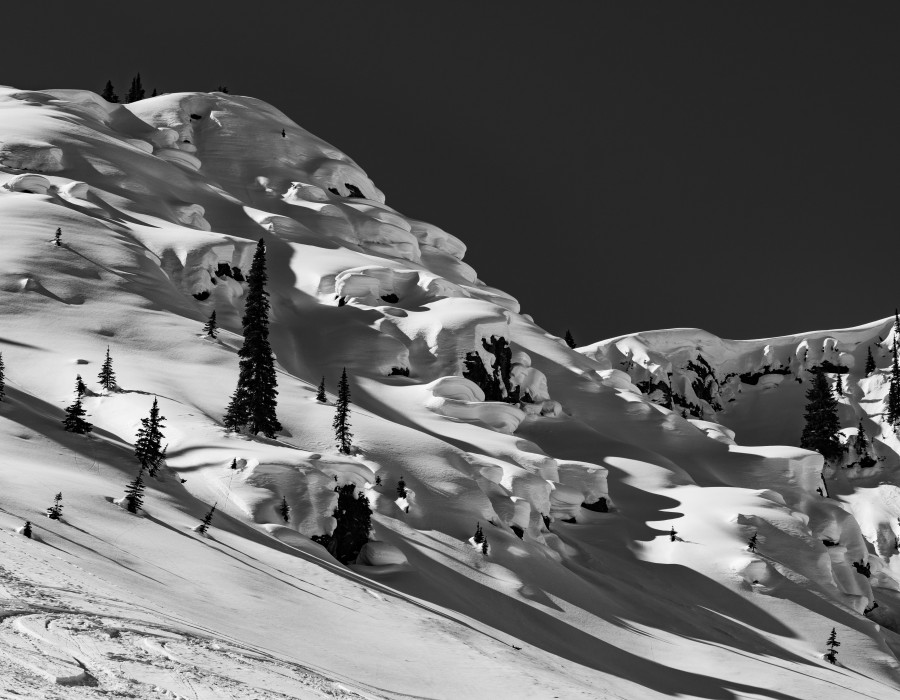Introduction Backcountry skiing is an exciting way to experience the thrill of skiing beyond the crowded resorts and groomed trails. It takes you into the untouched wilderness, where you can explore natural, snowy landscapes and enjoy the freedom of making your own path. Whether you’re a seasoned skier or a curious beginner, backcountry skiing offers a unique adventure for those looking to push their limits and connect with nature.
What is Backcountry Skiing? Backcountry skiing, also known as off-piste skiing, refers to skiing in areas that aren’t maintained by ski resorts. This means no ski lifts, no groomed runs, and often, no other people around. You venture into remote areas, climbing mountains or traversing through forests before skiing down untouched snow, known as “powder.” Because of its rugged and isolated nature, backcountry skiing requires special equipment, skills, and awareness.
The Thrill of Adventure One of the biggest draws of backcountry skiing is the sense of adventure. Skiing off the beaten path gives you the freedom to explore vast landscapes and find perfect snow. The beauty of being in the backcountry is unmatched, with panoramic views of mountains, valleys, and forests that you wouldn’t typically see at a resort. There’s something exhilarating about carving fresh tracks through untouched snow, knowing you’re far from the crowds.
Essential Gear for Backcountry Skiing Unlike resort skiing, where you can simply hop on a lift, backcountry skiing requires special gear. Here’s what you’ll need:
- Skis with touring bindings – These bindings allow you to lift your heel while climbing and lock your foot in place for downhill skiing.
- Skins – These are strips attached to the bottom of your skis that give you grip when climbing uphill.
- Avalanche safety gear – Always carry a beacon, probe, and shovel in case of an avalanche.
- Backpack with essentials – Carry water, snacks, extra layers, and first-aid supplies.
- Climbing equipment – Depending on the terrain, you may need crampons and an ice axe.
Safety First Backcountry skiing is thrilling, but it’s important to be aware of the risks. The most significant danger is avalanches, which can occur in mountainous areas with heavy snowfall. To stay safe, it’s crucial to:
- Take an avalanche safety course to understand how to recognize dangerous terrain.
- Check avalanche forecasts before heading out.
- Always ski with a buddy and never go into the backcountry alone.
- Carry avalanche rescue gear and know how to use it.
The Rewards of Backcountry Skiing Despite the challenges, backcountry skiing offers rewards that you won’t find in a typical ski resort. The sense of accomplishment after climbing to the top of a mountain and skiing down untouched slopes is unmatched. You’ll also experience nature in its purest form, away from the hustle and bustle of resort life.
Conclusion Backcountry skiing is more than just a sport; it’s an adventure that connects you with nature and tests your abilities. If you’re looking for a new way to enjoy skiing and explore the wilderness, give backcountry skiing a try. With the right preparation and safety precautions, it can be one of the most rewarding outdoor experiences you’ll ever have.





Comments